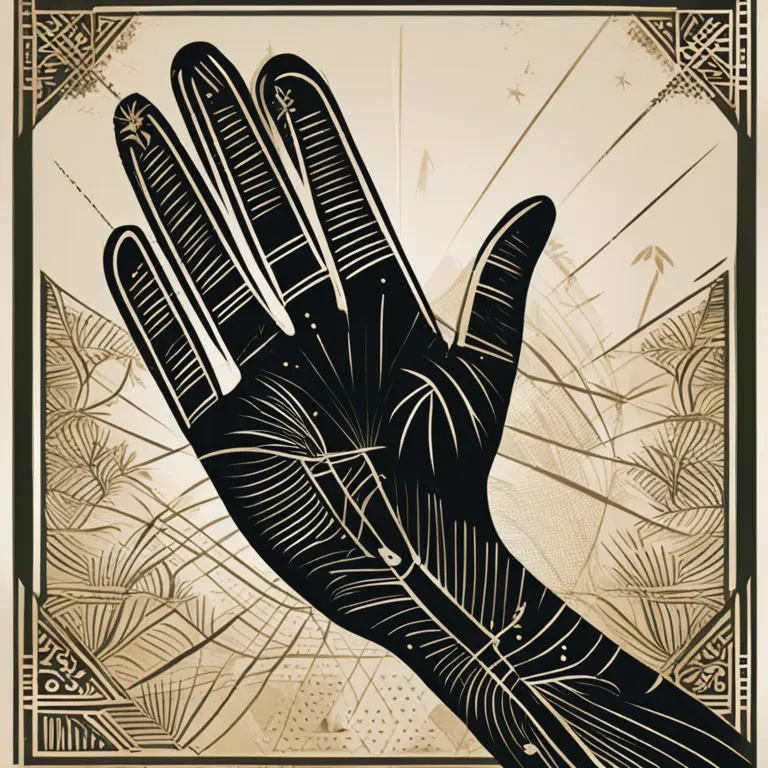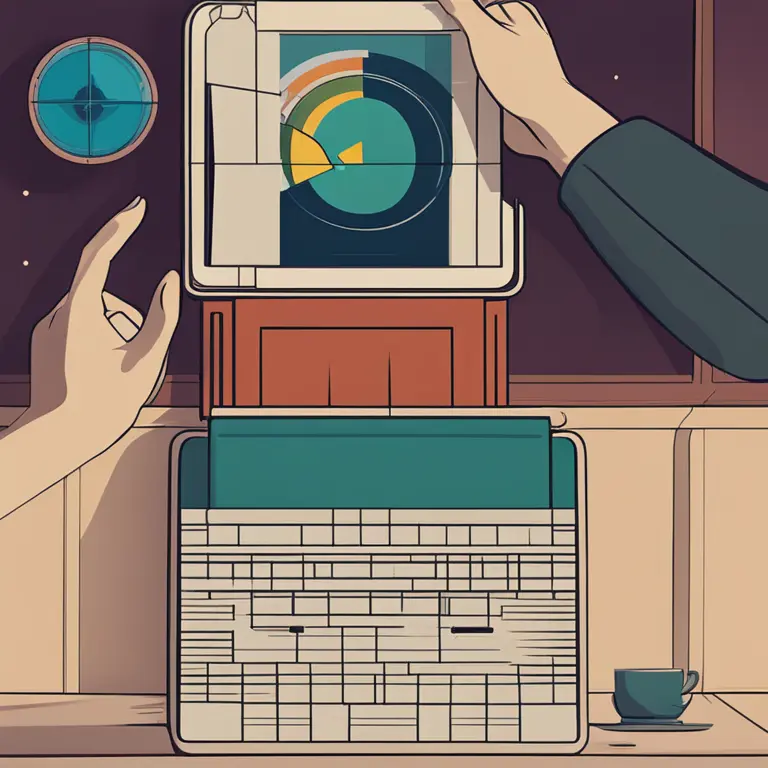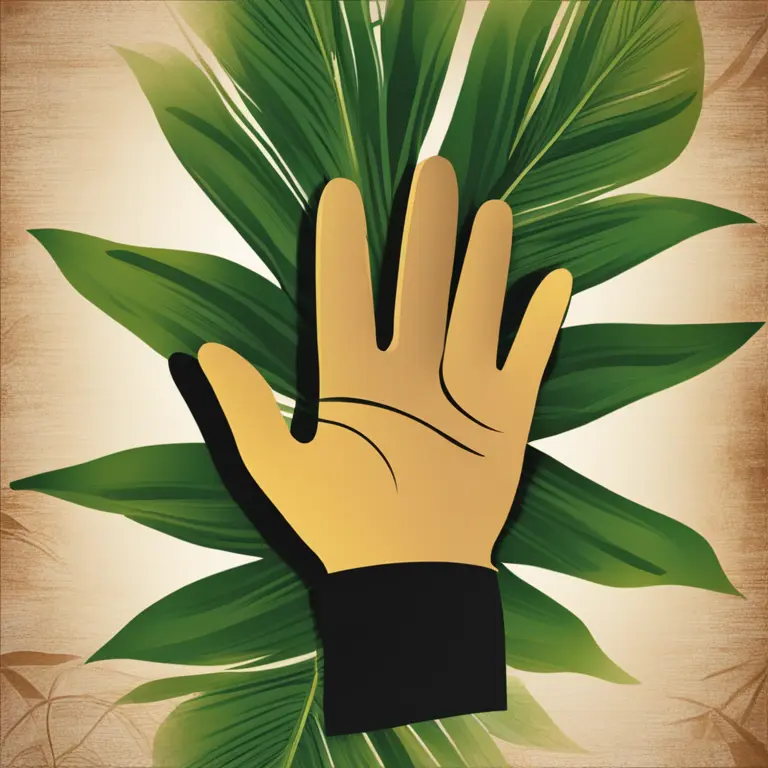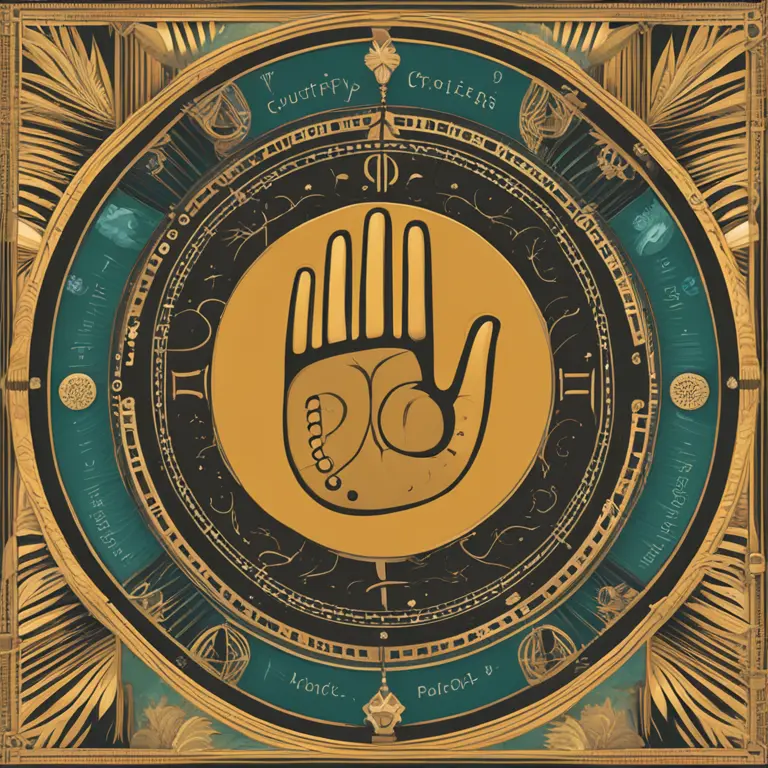
The Accuracy of Palmistry: A Contemporary Analysis
Delve into the modern perspectives on palm reading's reliability and its role in the world of divination.
article by Nora Pennington
The Enigma of Palmistry
Are the lines etched on the palm telling a true narrative or merely a coincidence? Palmistry, the ancient practice of interpreting lines on the hand for personal insight, continues to fascinate many. Skeptics and believers alike delve into its mysteries, seeking to understand the forces that shape its accuracy. Engaging with scientific skepticism, yet respecting the appeal of mysticism, we embark on an analysis of palmistry's validity in the modern age. While its truths aren't universally acknowledged, the existence of a loyal following suggests an intriguing allure to the craft that persists through the ages.

Scientific Scrutiny on Palmistry
The scientific community often rebuffs palmistry, citing a lack of empirical evidence linking palm lines to one's fate or personality. Critics argue that palm readings rely on vague statements and the Forer effect—where individuals find personal significance in generalities. However, recent interpretations suggest that while palmistry may not foretell specific events, it could be a tool for self-reflection, offering symbolic insights rather than precise predictions. It's this mixture of psychological play and tradition that keeps palmistry alive, albeit on the fringes of verified science.

Cultural Persistency of Palm Readings
Palmistry's historical roots run deep, with its practices visible across various cultures, from Vedic traditions to ancient Greece. Its longevity suggests a human penchant for seeking patterns and meaning, especially in personal attributes like hand lines that are unique to each individual. While technology advances, the desire for a connection to the esoteric remains, positioning palmistry as a consistent fixture in the world of mystical arts. Amid modernization, this cultural persistence speaks volumes about our collective fascination with the unknown.

Personal Experience versus Universality
The accuracy of palmistry is, in many ways, subjective. What may seem remarkably accurate for one might appear entirely off-base for another. This dichotomy lies at the heart of palmistry, where personal experience plays a significant role in its perceived validity. The individualized nature of palm readings—where each session is tailored to the person's unique hand patterns—creates an intimate experience that can feel incredibly resonant and authentic to the seeker.

Psychological Impacts of Palm Readings
One cannot ignore the psychological dimension of palmistry. For some, a session with a palmist provides comfort, guidance, or a sense of control amidst life's uncertainties. This therapeutic aspect, regardless of the debate over accuracy, presents a strong case for its continued popularity. By stirring introspection and stimulating the imagination, palm readings serve as a catalyst for self-discovery, often opening avenues to explore one's thoughts and emotions more deeply.
Technology and Palm Reading
In the era of algorithms and AI, palmistry has also experienced a digital transformation. Apps and online services offer palm readings, exploiting the intrigue of this ancient discipline while giving it a modern twist. Innovators in the space argue for the incorporation of big data and machine learning to potentially enhance the personalization and accuracy of readings. Whether these technological developments will elevate palmistry's reputation as a source of insight or further ignite debates on its legitimacy remains an open question as we go further into the digital age.
Published: 1/11/2024
Modified: 1/12/2024
More predictions
Come back here soon to learn more about yourself and your future


Can Palmistry Foresee One’s Demise?
Delve into the contentious debate about whether palmistry can predict the end of life and the ethical considerations of such a claim.


The Essence of Palmistry: Interpreting Lines and Shapes
Delve into the world of palmistry to discover the meanings behind the lines and shapes etched into the palms of your hands.


The Efficacy of Palmistry: Real Insight or Fancy?
Delve into the validity of palmistry as a form of divination. Is there a truth behind the lines on our palms, or is it just a charming fancy?